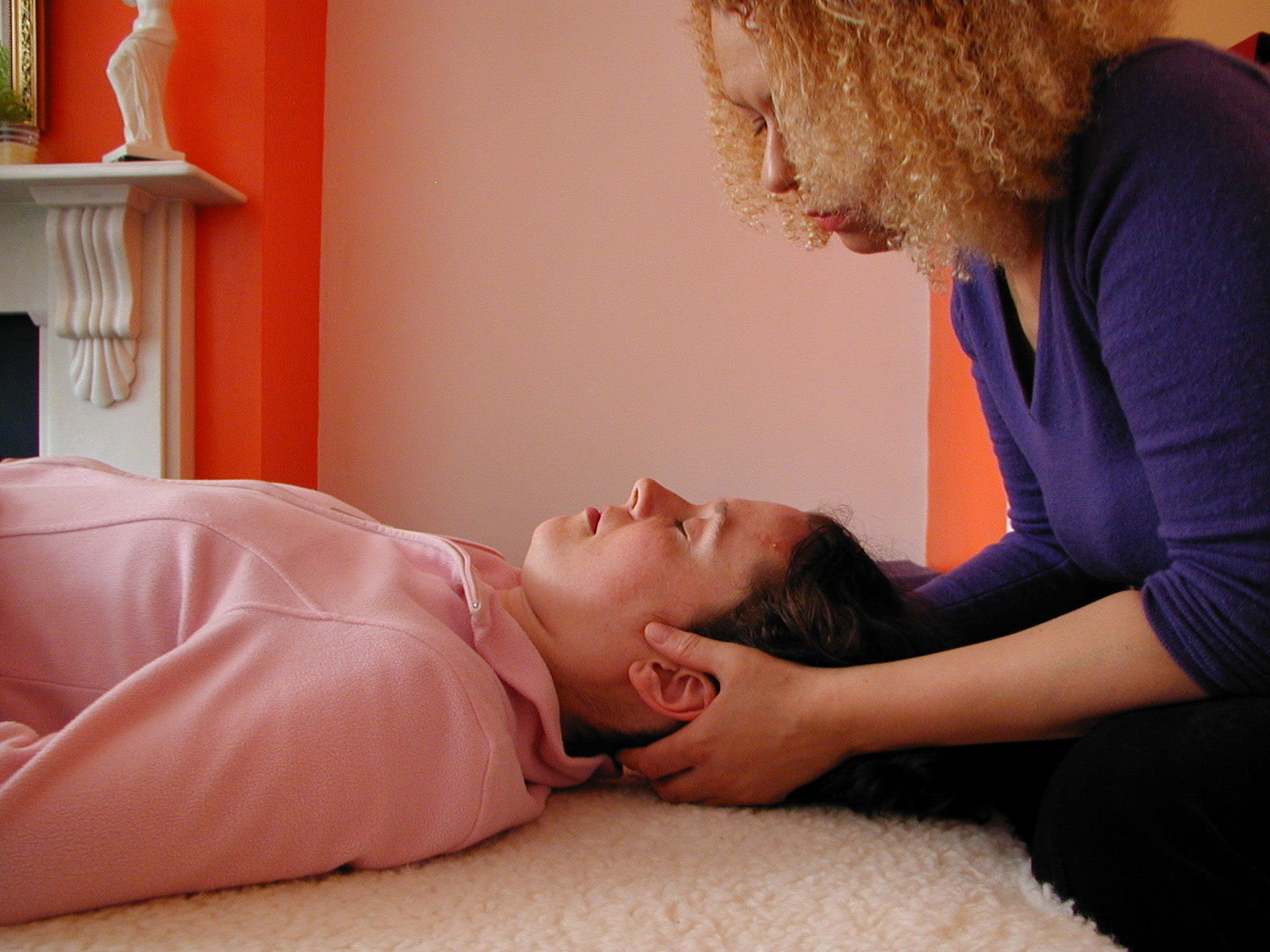*Originally published on my first website in 2012, to follow up Sciatica, Fibromyalgia, and the Purpose Of Pain
You finish a piece of writing and instantly find you have more to say. I thought I would write a follow up and talk about some of the inspirations for the post. I decided to share my own experience of sciatica because there seems to be a lot of it about, and my imaginary first draft was all about what it taught me about dealing with pain. Once I got going it became more about the meaning of pain itself, however Scott Clark (see below) had already used that title and I went with “purpose” instead – alliteration is always fun.
A couple of commentators picked up on the image of pain as a “check engine” light. This metaphor was nicked wholesale from the fascinating book “Painful Yarns” by neurologist Lorimer Moseley. I was at a talk of his recently and picked up the book at the end of the evening. It is a companion to his seminal “Explain Pain”, and an affordable taster if you are looking for an overview of the science rather than an in-depth study*.
In the book he compiles a series of true stories as a way of explaining the function of pain in the brain, how helpful it can be for chronic sufferers to recognise that the pain is in the brain not in the tissue, and how the level of pain is an indicator of the brain’s sense of the danger indicated, but does not necessarily represent the actual level of danger you are in. He illustrates this beautifully with a story about being bitten by a snake that he performs with great joie de vivre at a TED conference, and so rather than tell that story I will share my favourite of the yarns which is about a man with a hammer stuck through his neck, who is in no pain at all, and is entertaining the waiting room of a Sydney hospital with his impression of a hammerhead shark, complete with one bent arm to represent a fin, and his enthusiastic rendition of the theme music from Jaws. He remains pain-free until he bangs his knee on a table and then is instantly in agony (which is of course not at all surprising, we all know how painful this sort of injury is, except we would not expect it to be more painful than having a hammer through the neck). This leads to a truly delightful exchange with the triage nurse on duty. Lorimer’s explanation for this is simple and fascinating:
“In order to experience pain the brain has to both…
conclude the tissue is in danger, and…
conclude that you, the organism, should do something about it.”
If you find this interesting and/or relevant to your situation, and you liked the shorter video of Lorimer, here is a full length talk, not too difficult to follow, and truly worth your time. His research has clearly revealed that, once people understand their pain better, their life improves, and they begin to feel better, immediately.
The relevance to us all as sufferers of pain is that as long as we are suffering at least it means that our operating system “believes” there is something that we can do about it, which is, I think, a shiny silver lining to brighten up what can be a very dark cloud. I also love this talk for his demonstration of free movement in the pelvis in walking that comes at around the 42 minute mark–this is the movement I realised was confused in my own nervous system 30 years ago during my training. In fact I discovered I was doing the opposite oscillation to the one that produces a well-organised gait and this realisation helped me begin to understand the difference between dance, and tai chi, and “good posture”, and Feldenkrais as a practical solution to my pain problems.
My colleague Scott Clark – practitioner and Feldenkrais trainer – has written an article, The Meaning Of Pain, about the experience of pain and its relationship to the desire for a diagnosis. It is beautifully written, and he uses the metaphor of pain as a ‘fire alarm’ which I did not borrow (not this time anyway). I recommend it as a soothing analgesic for the unexplained pains we all experience from time to time.
It is time I wrote an update, there is a lot more information out there now. Watch this space!
*There is a good value short graphic paperback explaining this science, called Pain Is Really Strange, by Stephen Haines and Sophie Standing – highly recommended.
